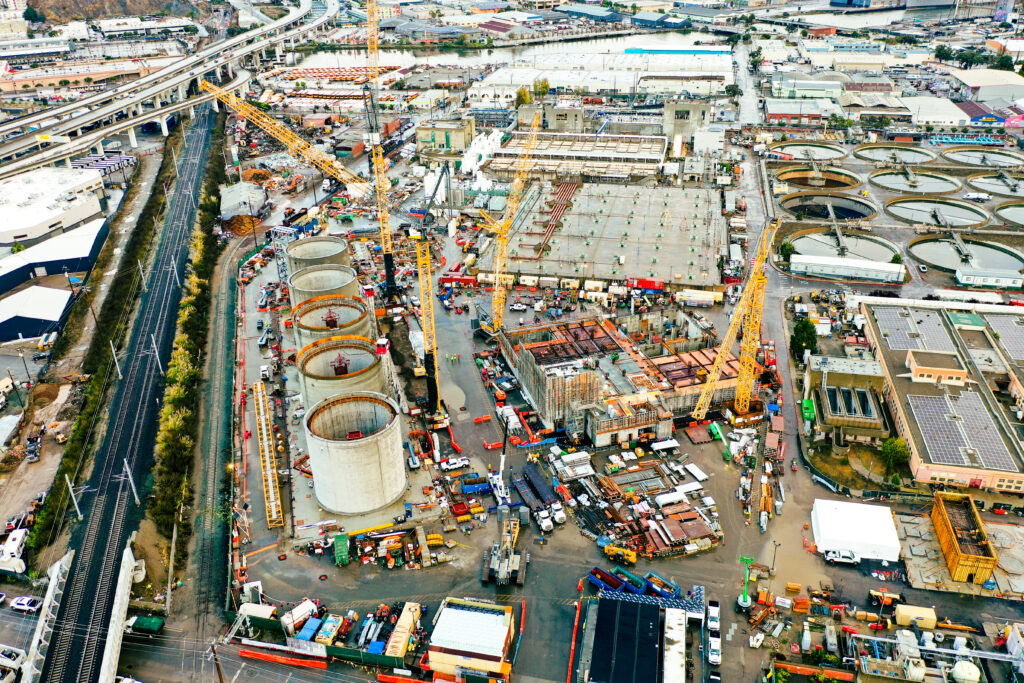Author: Lana Piskorowski
MWH is continuing to work uninterrupted on the Biosolids Digester Facilities Project (BDFP). The long-term, large-scale project represents a significant overhaul of the Southeast Treatment Plant, San Francisco’s largest wastewater pollution treatment plant. BDFP is set to redefine the way wastewater is treated in the city, aiming to process up to 800 million gallons per day (MGD) and serving about 80% of the city’s population. Implementing state-of-the-art technologies and innovation, the project underscores MWH’s commitment to environmental sustainability and urban rejuvenation. The revamped plant will set new standards in waste management and pollution control, marking a major milestone in San Francisco’s environmental management history.

The project, a joint venture between Webcor and MWH, combines Webcor’s expertise in concrete construction with MWH’s innovative approach to water and wastewater infrastructure and hands-on problem solving. This partnership is not only about building infrastructure but also about setting new benchmarks in waste management and pollution control.
Even after 20 years in the field, it’s projects like these that still surprise and energize me. We’re not just meeting current demands but are pushing the boundaries by creating long-standing infrastructure that will stand for over a century.
Warren Howard – Quality Manager, MWH Constructors
As we approach the end of 2023, significant progress has been made. The new digesters, designed to modernize the facility and control odors, have been fully cast. These structures are undergoing pre-stressing, a critical process that strengthens the concrete to withstand future pressures, and water testing to ensure they are watertight and structurally sound. The construction of the solids waste pre-treatment facility, now emerging above ground with its second floor erected, marks a visible milestone in the BDFP’s journey.
Looking forward to 2024, one of the most exciting development will be
the installation of Cambi thermal hydrolysis technology (CambiTHP). This will be the first such implementation on the West Coast. CambiTHP is a game-changer in biogas technology, enhancing the biodegradability of sludge and boosting biogas production. This not only contributes to a more circular economy by allowing the treated waste to be repurposed as nutrients for agricultural lands across California but also significantly reduces greenhouse gas emissions. The process also minimizes the volume of sludge, mitigating the environmental impact associated with its disposal.

Warren Howard, Quality Manager with over two decades in water and wastewater management, remains inspired and invigorated by these groundbreaking advancements. Howard shares his excitement, “Even after 20 years in the field, it’s projects like these that still surprise and energize me. Building this brand-new facility on an active site is unique for our industry. We’re employing the most advanced wastewater treatment techniques and technologies to lessen the environmental impact on the Bay Area. We’re not just meeting current demands but are pushing the boundaries by creating long-standing infrastructure that will stand for over a century.”
The use of CambiTHP aligns perfectly with global environmental goals and the Sustainable Development Goals (SDGs). By converting waste into a resource, this technology exemplifies the principles of a circular economy, where waste is not an end product but a beginning. Additionally, the biogas produced is a renewable energy source, further reducing the plant’s carbon footprint and paving the way for a more sustainable future.
In collaboration with Monterey Mechanical, extensive work on pumps, pipes, and other mechanical processes will commence, further cementing the BDFP’s status as a landmark project in sustainable urban development.
Tentatively scheduled for completion in fall 2028 and fully operational by spring 2029, there’s still a lot of work to be done but we’re excited about what we’re building and the services we’re providing to the city and people of San Francisco. This project not only aligns with San Francisco’s renowned commitment to environmental progress and sustainability but also actively supports and enhances the city’s efforts in leading the way in eco-friendly and sustainable urban development.


